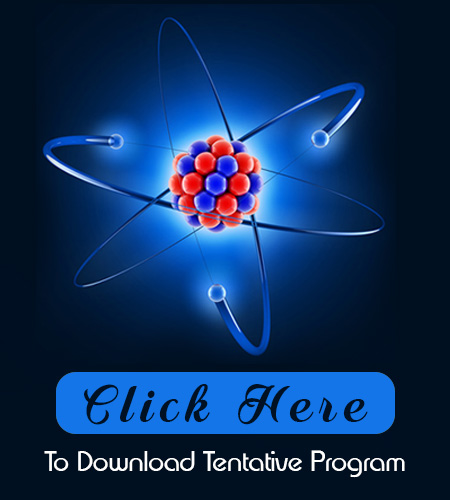
Alexander V Chaplik
Rzhanov Institute of Semiconductor Physics, Russia
Title: Effect of the electron-electron interaction on the Raman scattering in quantum rings
Biography
Biography: Alexander V Chaplik
Abstract
We investigate influence of the Coulomb interaction in the initial, final and intermediate states on the inelastic resonant light scattering by electrons confined to a quantum ring. The external magnetic field is supposed to be normal to the ring plane. Two examples are considered: The ring contains one (case a) or two (case b) electrons in the initial and final states. In accord with the typical experimental situation the incident light frequency is close to the energy gap of semiconductor and, moreover we suppose the spectral width of the exciting light to be sufficiently small so that one can tune into resonance with one of the discrete levels of the system in the intermediate (virtual) state. The latter is trion in the case A and trion plus remote electron in the case B. The amplitudes of the peaks of the scattered light intensity periodically depend on the magnetic flux piercing the ring with the period equal to the flux quantum. Accounting for the interparticle interaction in the intermediate state of the Raman process results in qualitative changes in the scattering cross-section when compared with the often used approximation that ignores that interaction. For example, the crosssections ratio for parallel and perpendicular polarizations of the incident and scattered light changes drastically depending on the spin of intermediate state. The latter can be purposely chosen by tuning the incident frequency because the Coulomb interaction splits in energy the states with different total spin. We analyzed all possible situations with different initial, intermediate and final total spin and found universal relations for intensities of scattered lines of different polarizations.

